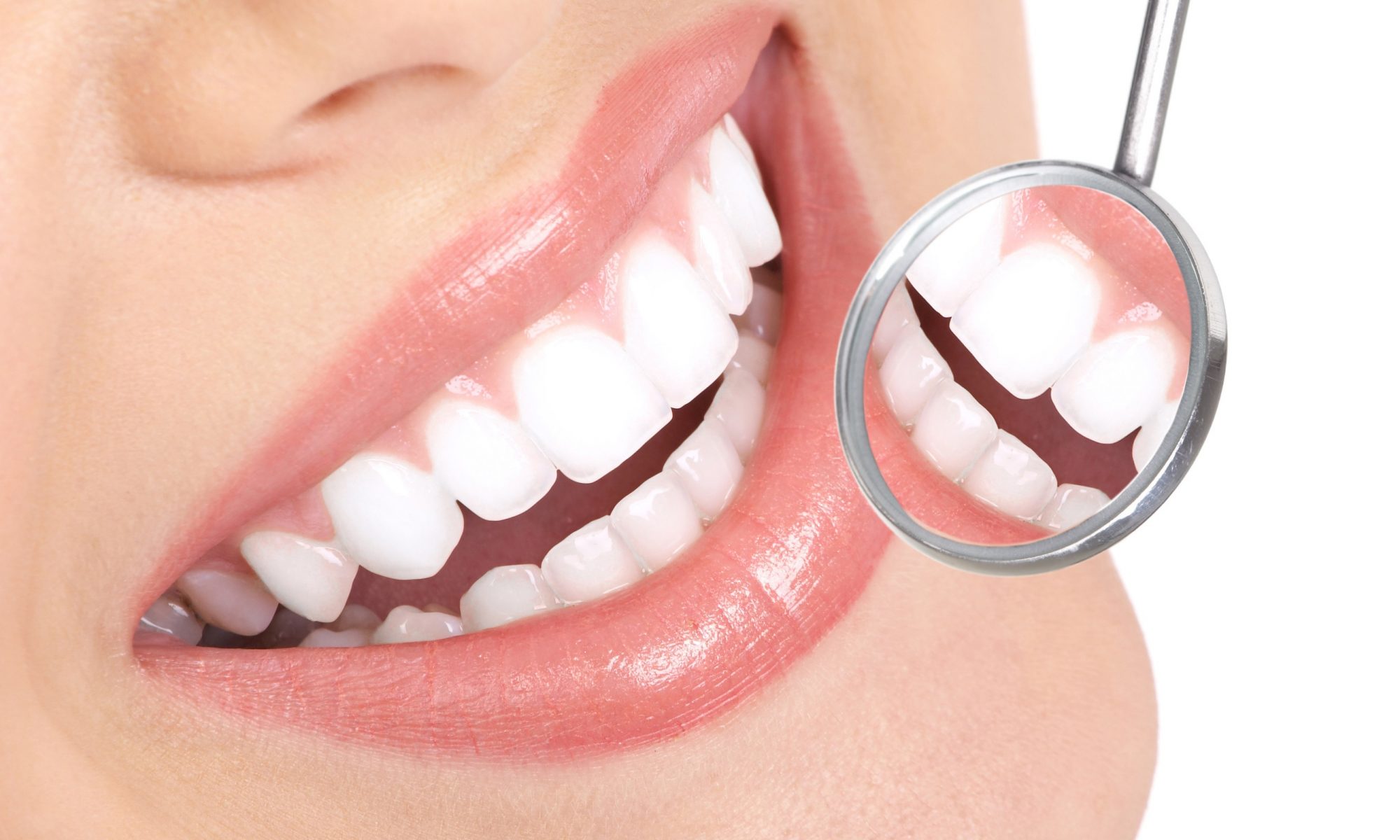We all do our best to care for our teeth and gums to maintain our oral health and beautiful smile. Yet, gingival recession (aka gum recession), carries a number of underlying factors that cannot be as easily recognized as the recession itself. Most people consider the aesthetic appearance of our smile when discussing recession, but by that point, it’s likely the underlying cause has gone untreated for a long time. Your dentist will assess your need for a gum graft and the probability of success after a graft against several factors such as how your teeth are moving and the rate of recession.
Here is an example of a patient’s experience with a tissue graft:
The patient is a 32-year-old female who does not like to smile because of her appearance when she smiles. When the lips are retracted, we get a better understanding of how much recession there is throughout her mouth. In 2005, we successfully reconstructed the tissue that had receded using a minimally invasive approach with connective tissue grafts. The patient did not wear her night guard as recommended to keep her teeth from shifting.
She returned 5 years later because of an increased recession occurring on the front right central incisor. All of the other areas had remained stable except for this tooth. On closer inspection, we get a better understanding of why the one tooth continued to recede. Without the protection of the appliance, the front tooth continued to shift out of the bone, causing the loss of the supporting bone and leading to loss of tissue.
If you find that you are dealing with gum recession, it is important to contact your Chicago dentist as soon as possible to treat this issue.
If you would like more information about gum recession, call Dr. Cabrera in Chicago, IL at 312-994-7939 or visit www.perioimplantchicago.com.
Dr. Cabrera proudly serves Chicago and all surrounding areas.

